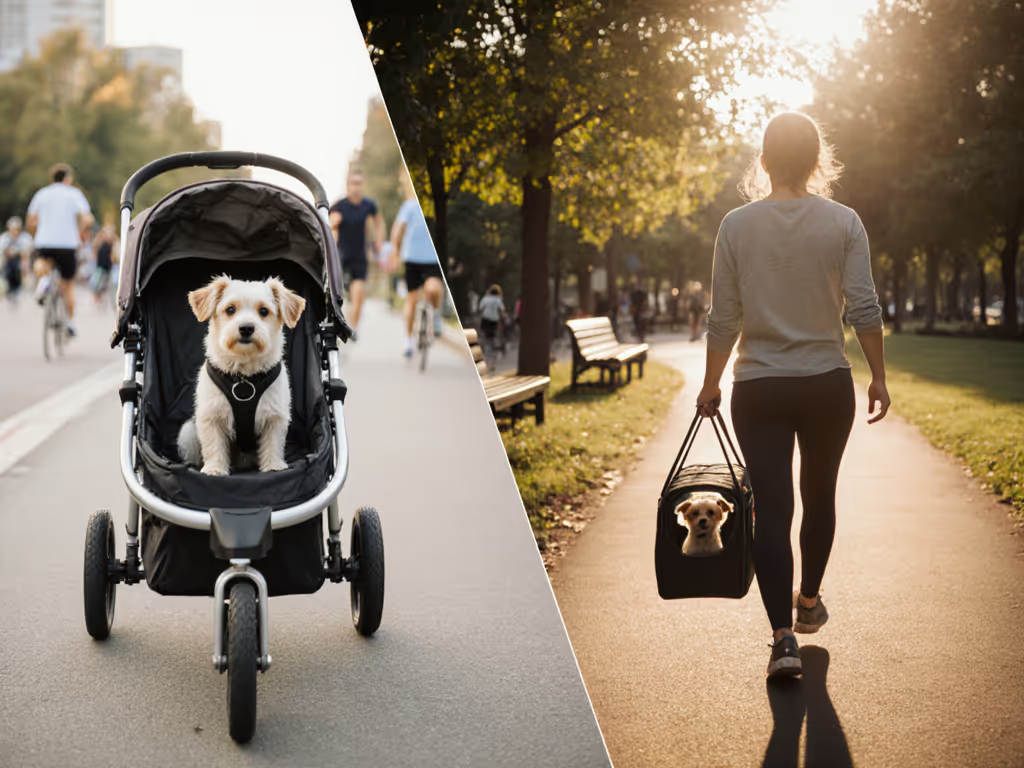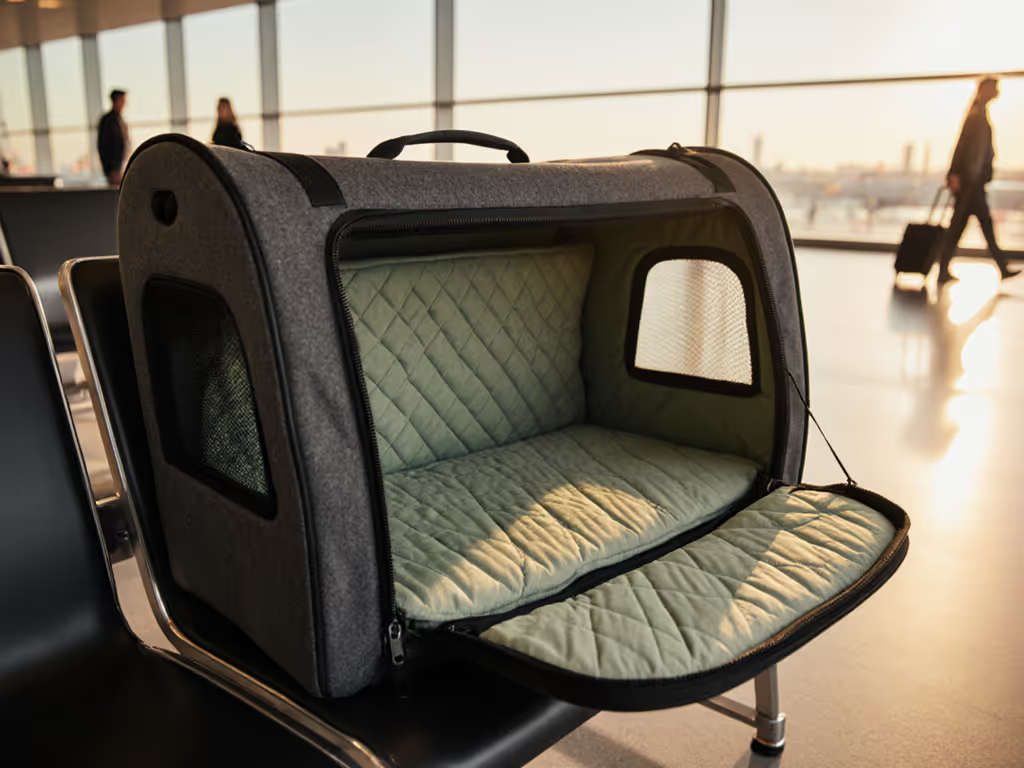
Travel Pet Carriers for Respiratory-Sensitive Pets
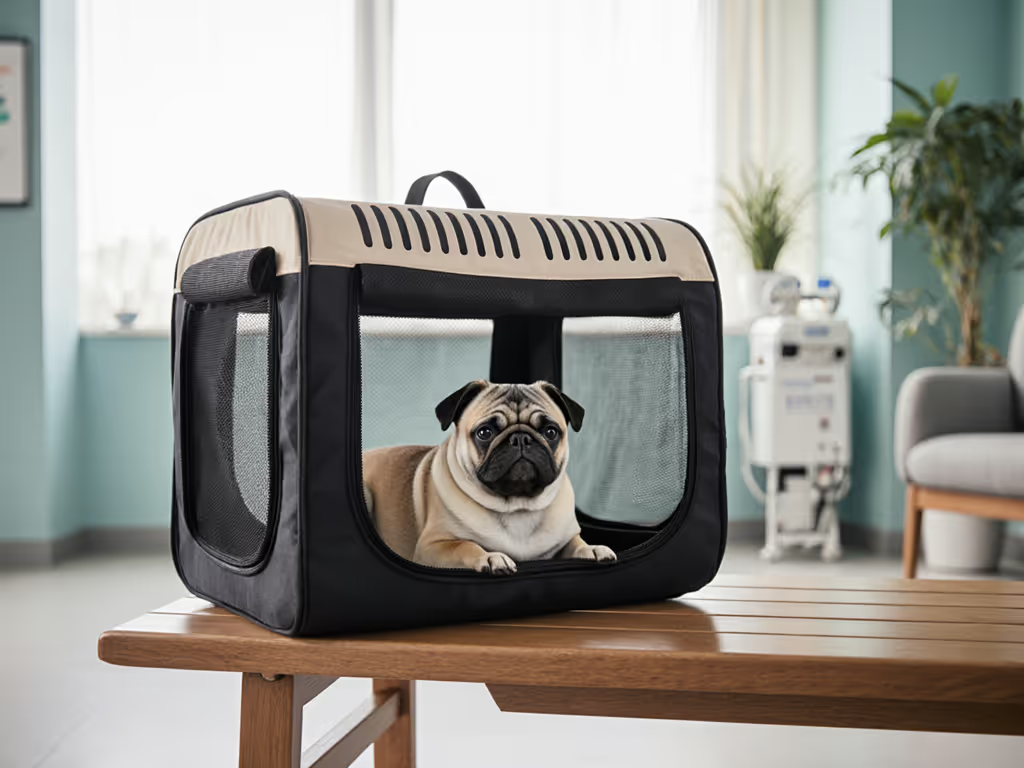
When your pet struggles with breathing (whether they're a French Bulldog, Persian cat, or recovering from illness), the thought of air travel can feel paralyzing. Travel pet carriers aren't just containers; they're breathing sanctuaries that can either soothe or strain fragile airways. As someone who's watched a panic-stricken shepherd transform from carrier-phobic to den-seeking through patience and precision, I know calm begins long before you zip the door. This isn't about containment, it's about co-creating safety. Let's build a stress-free journey that prioritizes oxygen flow and emotional regulation.
Why Standard Carriers Fail Respiratory-Sensitive Pets
Brachycephalic breeds (like Pugs, Bulldogs, or Persians) face double jeopardy: anatomical constraints and stress-induced respiratory spikes. When airlines require carriers to meet IATA's 16% ventilation minimum, many standard designs hit that baseline, but still create suffocating microclimates. Hard plastic carriers trap heat, while poorly placed mesh restricts airflow when pets curl up. Worse, forced entry into unfamiliar carriers spikes cortisol levels, causing panting that further strains compromised airways.
I once worked with a guardian whose Himalayan cat would hyperventilate at the sight of her carrier. The solution wasn't sedation or tighter containment, it was recognizing that any perceived entrapment sent her into panic spirals. For pets with breathing issues, carriers must prioritize both physical airflow and psychological safety. Your goal isn't to "fit" them into a box, it's to design a mobile refuge they'll willingly enter.
Step 1: Selecting a Carrier That Respects Respiratory Needs (2-3 Weeks Pre-Travel)
Breathe-Easy Material Checklist
- Triple-layer ventilation: Look for carriers with mesh on three sides (not just top/side), allowing airflow from multiple angles as pets shift positions. Avoid vinyl-coated mesh, it mutes sound but blocks airflow.
- Low-sensory fabrics: Skip carriers with chemical-smelling linings. Opt for odor-free, breathable materials like cotton or hemp (tested in a well-ventilated space before travel day).
- Temperature-regulating features: For brachycephalic pets, carriers with removable cooling pads or thermal-reflective linings prevent heat spikes. Never rely on airline cabin vents alone, thermal stress starts during tarmac waits.
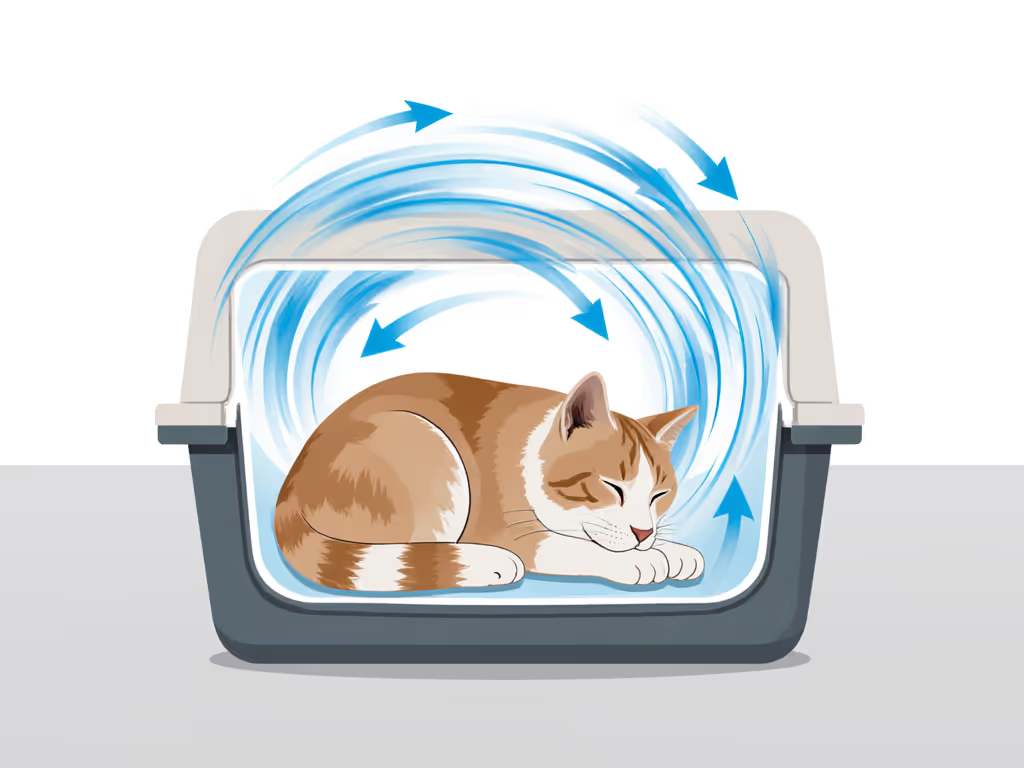
Critical Structural Safeguards
- Rigid base + flexible walls: Hard flooring prevents suffocation if pets collapse, but flexible sides (like the AnccoPlus sling's breathable cotton-spandex blend) reduce panic triggers from tight confinement. If your pet leans into touch for comfort, a front-facing carrier allows chest contact that stabilizes breathing.
- Privacy without isolation: Slide-in blackout panels are essential, but ensure they don't drop ventilation below 20%. Test with a fan, air should rustle the liner fabric.
- Zero-squeeze entry points: Avoid carriers requiring pets to squeeze through narrow openings. Top-loading designs with wide-zipper access (like those labeled "recovery pet carriers") let anxious pets step in without shoulder compression.
"A carrier shouldn't force stillness; it should invite calm."
Step 2: The 14-Day Acclimation Protocol (Starting Immediately)
Pet-first language shifts: Instead of "crate training," call it "den-building." Your goal is voluntary occupancy, not compliance. For a deeper step-by-step walkthrough, see our guide to introducing your pet to a carrier. Here's how:
Week 1: Neutralizing Carrier Anxiety
- Day 1-3: Place the carrier (door off, bedding removed) near your pet's favorite resting spot. Toss treats past it (not inside) to eliminate pressure.
- Day 4-7: Add fleece bedding + calming pheromones. Dine beside the carrier; never in front of it. If your pet glances inside, you toss a treat away from the opening (reinforcing that curiosity isn't trapped).
Week 2: Building Positive Association
- Day 8-10: Sit inside the carrier (yes, really!) while petting your pet. Read aloud; your voice inside the space makes it feel occupied and safe.
- Day 11-14: Practice "micro-sessions" during low-stress moments (e.g., post-meal calm). Place a treat just inside the entrance while you sit 3 feet away. Never close the door. If they step in, you walk away, proving entry = your freedom.
Measure success: When your pet settles inside during playtime (without treats), they're ready for short zipped trials. For respiratory-sensitive pets, cap initial zipped sessions at 90 seconds, monitoring gum color (pink = safe; brick red = overheating).
Step 3: In-Transit Airway Management (Travel Day)
Pre-Flight Prep
- Cool-down protocol: 20 minutes pre-travel, apply damp cloth to paw pads (never fur (that traps heat)). Place a frozen water bottle outside carrier (not touching pet).
- Positioning matters: On planes, request bulkhead seating so the carrier stays at foot level (avoiding overhead bin heat). If using a sling carrier, keep it against your chest, your body heat warms them without overheating.
In-Flight Red Flags
Watch for these signs your pet's airways are strained:
- Excessive panting after initial settling
- Gums turning pale or dusky
- Restless circling without lying down
If distress occurs: Cover the carrier with a damp towel (not blocking vents) to lower ambient temperature. Whisper calm commands. High-pitched voices spike anxiety. Never unzip during turbulence.
Your Actionable Next Step: The 5-Minute Carrier Audit
Don't wait for panic at the gate. Today, do this:
- Ventilation test: Shine a flashlight through all carrier panels. Light should visibly pass through 20%+ of surface area (not just the mesh panels).
- Stress rehearsal: Time how long your pet tolerates closed-door sessions with you in the room. Stop before agitation starts (e.g., at 80 seconds if they panic at 90).
- Temperature check: Sit the carrier in your car for 15 minutes on a sunny day. Use a thermometer; if it hits 80°F inside, add cooling strategies now.
The shepherd who once pancaked at her carrier's sight now greets it like a den because we honored her sensory limits. For pets with breathing challenges, travel pet carriers must be oxygen-friendly oases, not endurance tests. Start small. Build trust. Let your pet teach you when they're ready. Because when airways stay calm, journeys become possible.
Related Articles

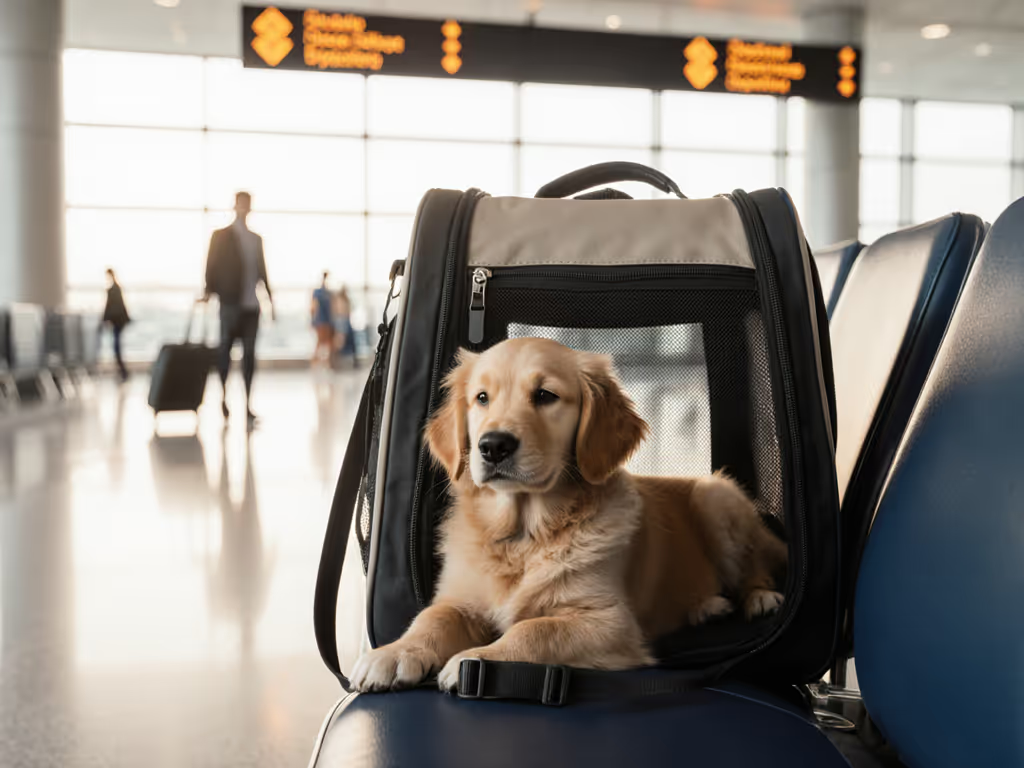
Airline-Compliant Pet Carriers: Travel Without Stress
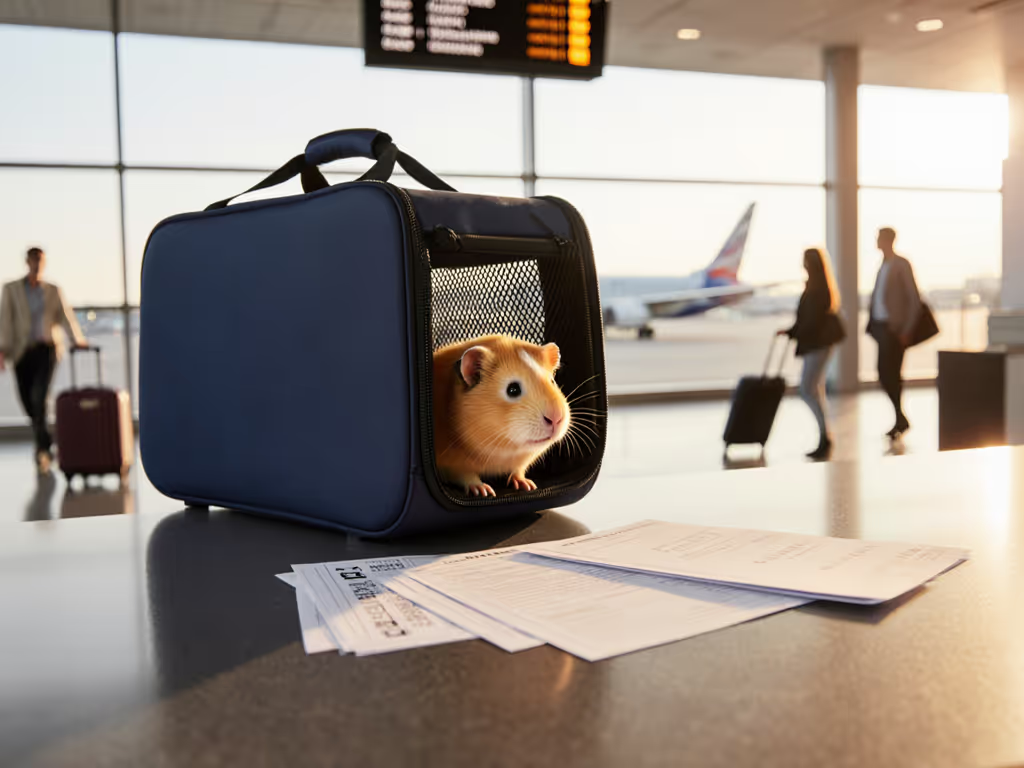
Small Exotic Pet Travel Carriers: Airline Size Guide
